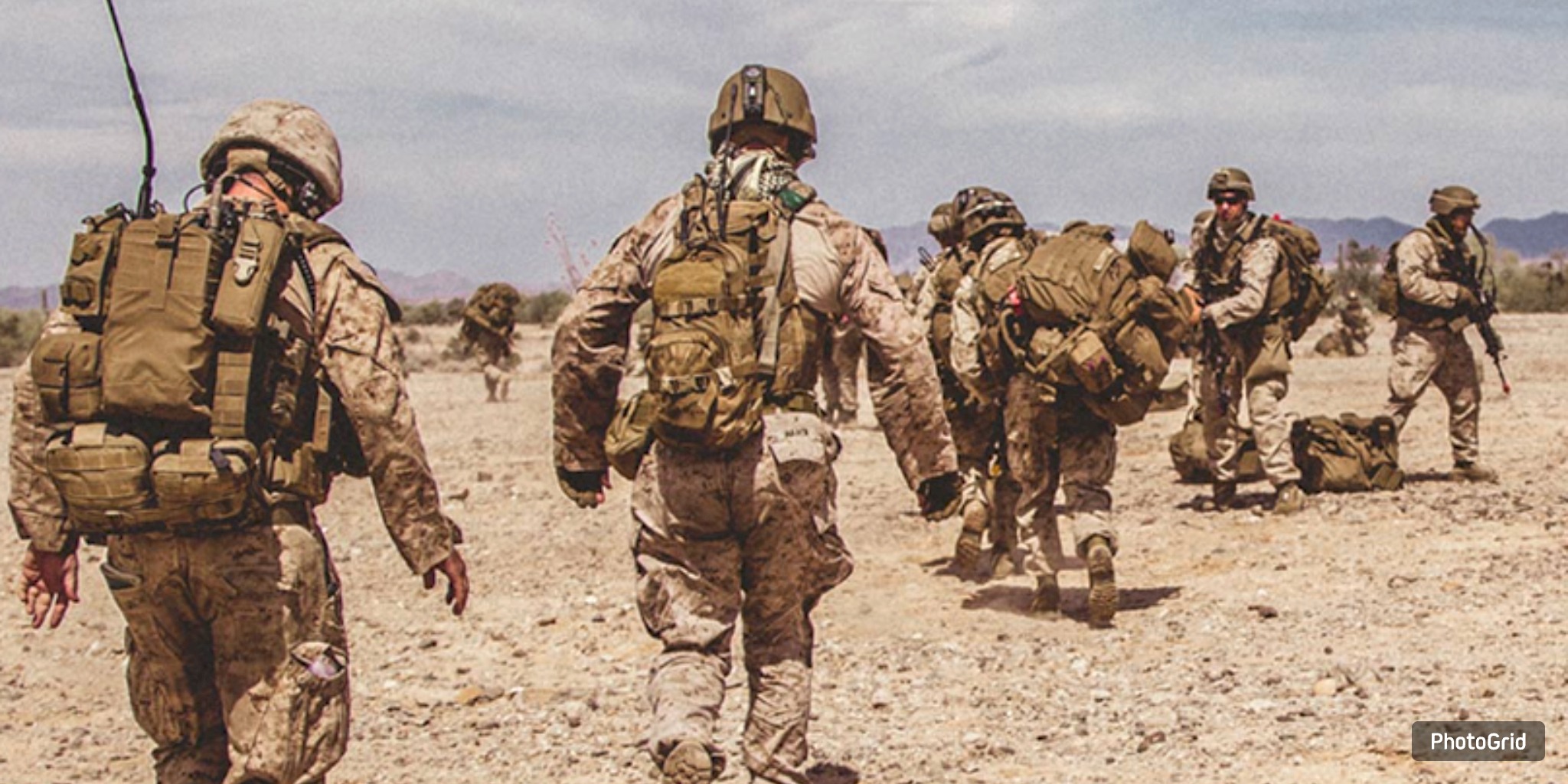


As the U.S. It marks twenty years since it invaded Iraq, andmarks twenty years since it invaded Iraq, the Senate's move to repeal the 2002 authorization for military action has sparked renewed discussions on how the nation ought to commemorate its most enduring conflict. **
Earlier this month, the Senate approved an amendment that rescinded the measure permitting U.S. military action in Iraq, which many interpret as a symbolic conclusion to the “war on terror.” As the country prepares to establish a memorial for the Global War on Terrorism near the Lincoln and Vietnam Veterans Memorials, supporters and veterans are urging for a design that adapts over time and reflects collective experiences.
The Global War on Terrorism Memorial Foundation has chosen renowned architect Kengo Kuma to create the design for the site. Kuma's work, characterized by a minimalist and organic approach, is celebrated for its rejection of monumentalism. However, certain veterans caution that a fixed monument might lead to oversimplifying its significance into a mere cliché.
“The final thing our country, or our veterans, require is yet another ‘thank you for your service’ cast in stone and metal,” stated an Iraq War veteran and researcher. “A memorial that addresses the complexities of the war on terror prematurely or in a limited scope risks oversimplifying a narrative that is still developing.”
The conflict against terrorism challenges conventional methods of remembrance. The events started with the attacks on September 11, 2001, and continued through the ensuing conflicts in Afghanistan, Iraq, and Syria. Its impact transformed the landscape of national security, monitoring practices, and public engagement. In contrast to previous conflicts, this one lacks a definitive outcome, whether it be victory or defeat, and does not adhere to a common timeline, resulting in complex effects on both military personnel and civilians.
The Vietnam Veterans Memorial serves as an example and a warning. Upon its reveal in 1982, Maya Lin’s design encountered criticism, being labeled a “black gash of shame.” Today, it stands as one of the nation's most honored memorials. The straightforward nature encourages contemplation but offers limited space for developing stories like those of women's contributions or viewpoints from Vietnam.
Proponents contend that the GWOT Memorial should enhance its approach by embracing adaptability in both physical and digital realms. Suggestions put forward encompass rotating displays, engaging installations, and open discussions for upcoming inscriptions. Regular evaluations may guarantee that fresh narratives, perspectives, and studies are consistently incorporated.
Concerns have been raised about whether flexibility might diminish the memorial's gravity, while advocates argue that it enhances it. “A rigid monument captures a singular story for eternity,” the veteran remarked. “A dynamic tribute acknowledges that reality is multifaceted and continually evolving.”
As the impact of the conflict endures through the years, organizers suggest that the tribute ought to evolve beyond a mere structure—into “a dynamic space of civic significance,” where individuals connect with history not for resolution, but for insight.
















From breaking news to thought-provoking opinion pieces, our newsletter keeps you informed and engaged with what matters most. Subscribe today and join our community of readers staying ahead of the curve.